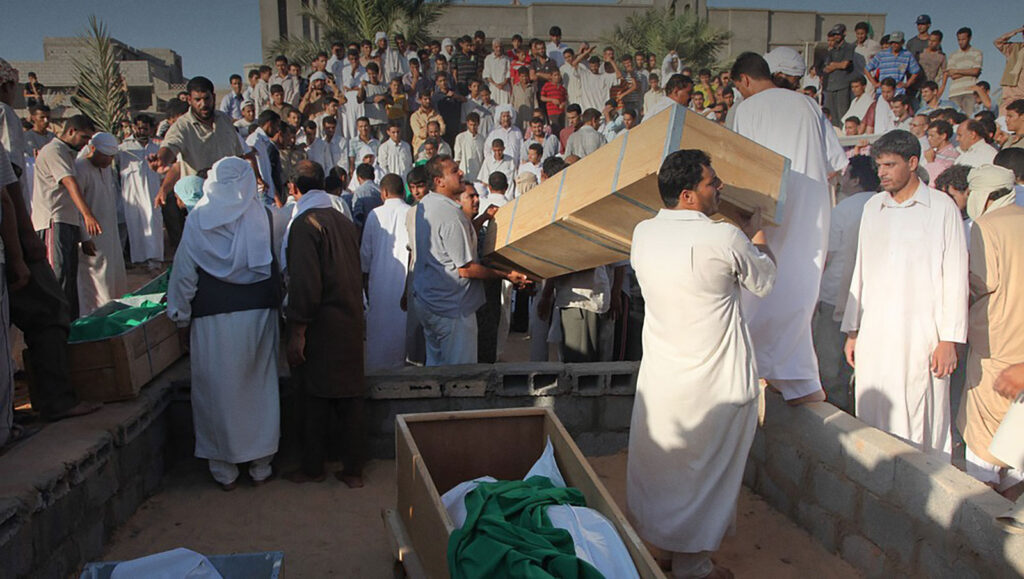
Following the start of the Arab Spring in 2011, Libyan dictator Muammar Gaddafi’s regime was toppled in a NATO-backed uprising, leading to significant upheaval and fighting between pro-Gaddaffi forces and rebel groups.
Airwars documented hundreds of allegations of civilian harm by all military actors in Libya in the 2011 war, and has conducted a number of major investigations into the subject.
Locally reported civilian deaths from declared or likely all military actors in Libya actions in Libya for which the reporting was assessed by Airwars as Fair, or have been Confirmed by the all military actors in Libya. These originate from 213 separate alleged incidents.
Confirmed civilian deaths, from all military actors in Libya actions in Libya, originating from separate incidents of civilian harm.